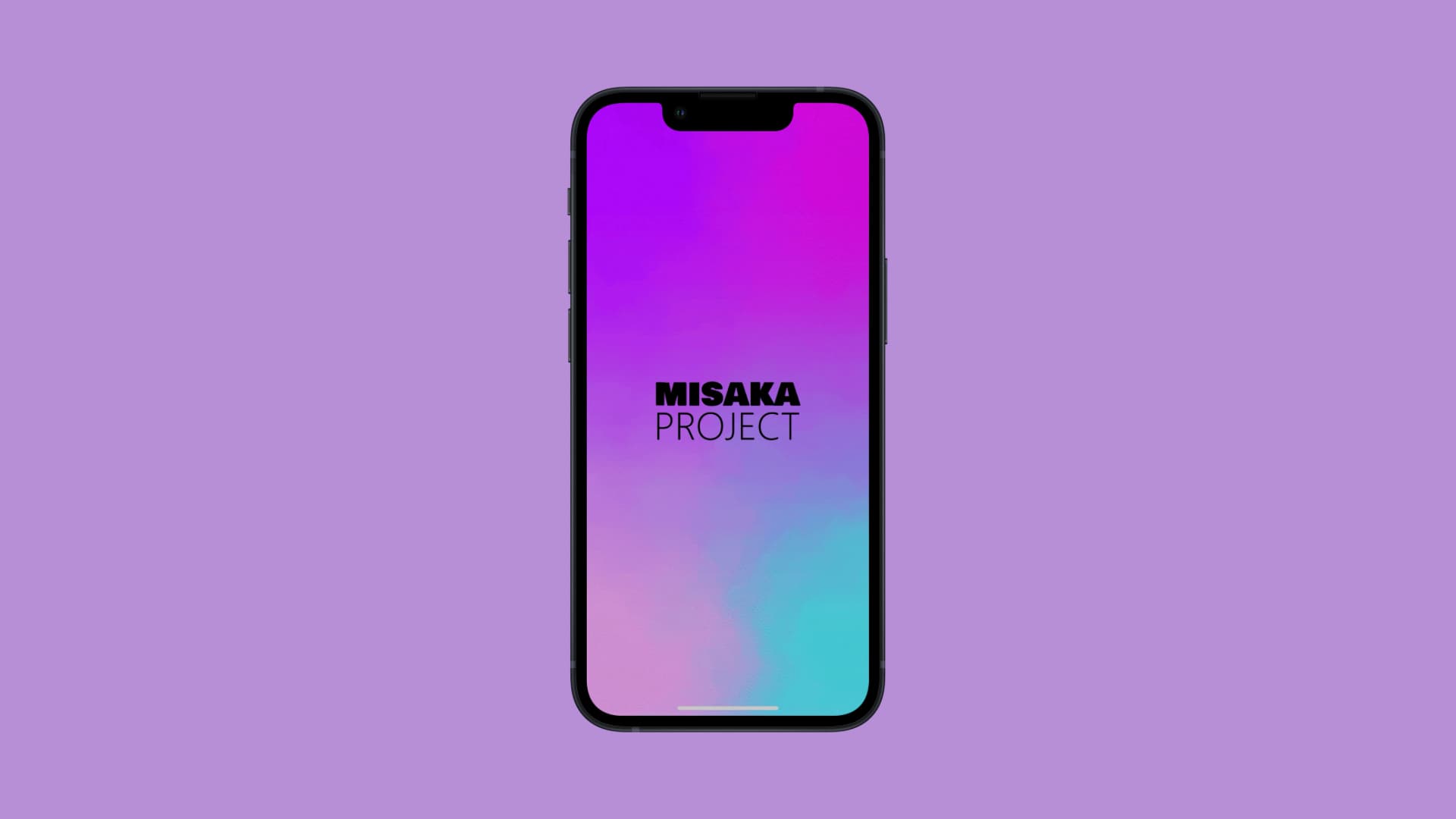The Misaka package manager app received a slew of minor updates overnight, bringing the project up to version 8.0.5 beta as of Tuesday morning.

From what we can gather based on posts shared to X (formerly Twitter) by project lead developer @straight_tamago, these updates simply improve the reliability of the puaf_landa method for the kernel file descriptor (kfd) exploit, helping to ensure that Misaka works properly on more device and firmware combinations.
The change logs for each of the most recent updates are outlined below for your convenience:
Misaka v8.0.2 beta
– Add support for all iPhones on iOS 16.5.1-16.6.1
– Add support for iPhone XR on iOS 16.7
– Add support for iPhone 11 on iOS 16.7-16.7.2
– Add support for iPad and iOS 16.7 or later to all devices in the next two days
Misaka v8.0.4 beta
– KFD fix (please retry if the previous version failed)
– Panic fix
Misaka v8.0.5 beta
– Fixed repository load error
Not only does it appear that a significant number of device and firmware combinations have been added already, but the developer says that many more device and firmware combinations will be supported within the next two days.
The latest update also addresses some issues with the kernel file descriptor (kfd) exploit and improves its reliability with a fix for a frustrating kernel panic that some users experienced.
It’s worth noting that Misaka recently picked up preliminary support for controlling your Apple TV, and that future updates will allow users to modify and make changes to their Apple TV on vulnerable firmware.
Misaka works as a hub for users to download and install add-ons that are compatible with the MacDirtyCow and kfd exploits for iOS & iPadOS 15.0-16.1.2 and 16.x respectively. Those on iOS & iPadOS 17.x aren’t vulnerable to these exploits, but it’s still possible to run JavaScript-based add-ons.
If you’re already using Misaka, then you can safely overwrite your existing installation with the latest version to enjoy the latest features and improvements. The latest release can be found as an .ipa file on the project’s GitHub page.
Those who aren’t already taking advantage of Misaka can follow one of our tutorials below to get started with it for the first time:
- How to install the Misaka package manager with TrollStore
- How to install the Misaka package manager with Sideloadly
Are you taking advantage of the Misaka package manager app yet? Be sure to let us know in the comments section down below.




